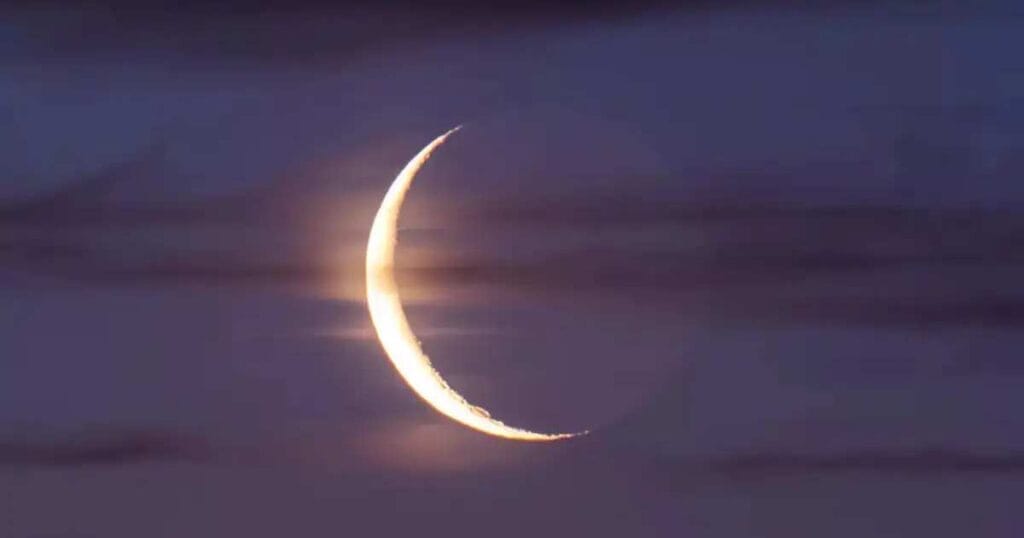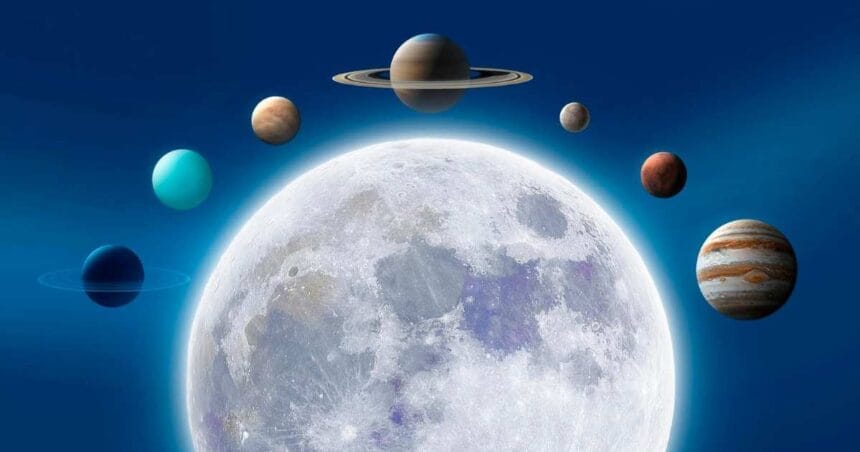On September 19 stargazers will enjoy one of the most beautiful sky sights of the month. A razor thin crescent moon will rise in the east before dawn. Just below it Venus will shine as the brilliant morning star. Slightly farther away the bright star Regulus the heart of the constellation Leo will also be visible. Together they will form a striking celestial triangle that is easy to spot even without a telescope.
For many people the big question is what planet is next to the moon tonight. The answer is Venus. This bright world will glow less than one degree below the moon making the pair appear almost side by side. Holding your little finger at arm length gives a good guide as it covers about the same distance in the sky.
Where and When to Watch
In the United States observers will see the moon drift close to Venus and Regulus. Across Europe Canada Greenland Asia and Africa the view becomes even more dramatic. There the moon will actually pass in front of Venus hiding it from sight for a short time. This rare event is called an occultation and it will begin at 6:34 a.m. ET and end at 10:26 a.m. ET.
As you watch you may notice a faint glow on the dark side of the moon. Known as Earthshine or the Da Vinci glow this soft light is sunlight reflected from Earth that illuminates the lunar surface. It reveals ancient volcanic plains called maria which were created by lava flows billions of years ago.
High above the moon Jupiter will shine brightly in Gemini while later in the evening the dark sky will make the Andromeda Galaxy visible to anyone with binoculars or a telescope.















